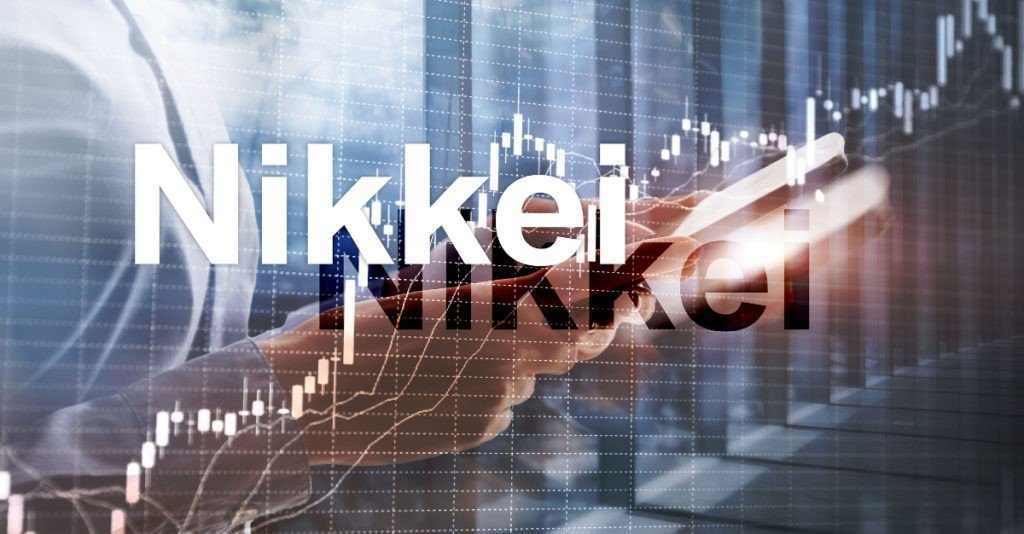On April 3, 1948, when Europe and Japan were still smoldering from the devastating effects of World War II, the United States government passed a massive stimulus bill that became known as the Marshall Plan.
The Marshall Plan was highly controversial; the US national debt was at an all-time high in 1945 due to all the wartime spending.
So dumping another $12 billion (more than 25% of tax revenue that year) to rebuild nations that they had just spent four years destroying seemed pretty stupid.
But the administration of President Harry Truman was adamant. Without substantial aid to help Europe and Japan recover, they were concerned that yet another costly war would break out– after all, Hitler’s rise to power was only possible because of Germany’s economic devastation after the first World War.
More importantly, Truman was terrified that if the US didn’t step up to rebuild Europe and Japan, the Soviet Union would fill the void… and communism would rapidly spread.
So the Marshall Plan was passed… and Japan became one of its biggest success stories.
In addition to grants from the US, Japan’s government set out to replicate US-style capitalism in their own country.
They encouraged competition, loosened regulation, and ended government support for the giant conglomerates known as zaibatsu that had previously controlled every Japanese industry.
Within a decade, the Japanese economy had already surpassed its pre-war level– which was an astonishing feat for a nation that had seen two major population centers demolished by atomic bombs.
By the 1960s, Japanese economic growth was so strong that it began to be referred to as a ‘miracle’. And western economists pointed to Japan as an incredible example of how capitalism can build widespread prosperity.
By 1980, Japan was one of the largest, most dominant economies in the world. The Japanese economic ‘miracle’ was starting to terrorize western nations, including the United States.
Japanese factories could manufacture innovative, high quality, inexpensive products and ship them all over the world, threatening many industries in western nations.
So in 1985, US President Ronald Reagan pushed for an international agreement with Japan that became known as the Plaza Accord.
The Plaza Accord was complicated; but Reagan’s ultimate goal was to push the Japanese to strengthen their currency against the US dollar in an effort to make US products more competitive internationally.
But the Plaza Accord didn’t exactly go according to plan. Instead, it created a massive asset bubble in Japan which, to this day, they still haven’t recovered from.
After the Plaza Accord, Japanese policymakers nearly doubled the money supply and slashed interest rates to historically low levels.
And, faced with rising inflation and meager prospects to save their money, Japanese citizens started buying stocks, and real estate. Interest rates were so low, after all, that it was incredibly cheap for them to borrow money and invest.
Property prices in Japan soared; within two years of the Plaza Accord, real estate in the six largest Japanese cities jumped more than 40%.
Property in Tokyo became more expensive than comparable property in London or New York. And within a few years, Japanese real estate was worth five times more than all the property in the United States combined.
Meanwhile, the Japanese stock market went through the roof, with the Nikkei reaching an all-time high of 38,957 on December 29, 1989– more than 5x higher than it was at the beginning of the decade.
But eventually the Japanese central bank grew concerned about the rising debt levels, inflation, and the multiple negative effects that cheap interest rates were having on the economy.
So they slowly began to increase rates.
The stock market dropped almost immediately in response to higher rates.
By October 1990, the market had fallen by nearly half. And then it essentially stagnated for twenty years, finally hitting rock bottom in 2011 when the Nikkei index fell to a level it hadn’t seen since 1982.
In other words, Japanese investors who bought stocks in 1982 and held for 29 years would have realized ZERO return on investment.
Throughout the 1990s and early 2000s, the Japanese government tried desperately to reinflate the bubble. They slashed rates, provided direct subsidies to business, created tax incentives… but nothing worked.
Finally, literally today, the Nikkei stock index cross a major milestone– 30,000. This is a level that it had not seen since the bubble started to burst in 1990.
Yet even still, Japan’s stock market would have to increase another 30% for it to surpass its all-time high set in 1989.
There’s an important lesson here.
We’re living through a worldwide financial bubble right now; central bankers around the world have expanded their money supplies to record levels and slashed interest rates to historic lows… including negative rates in many countries.
Their efforts have pushed asset prices– especially stocks and real estate– to record highs.
The stock market is no longer about picking well-managed companies with high quality assets. Nearly ALL stocks have been rising, even companies (like CocaCola) with shrinking businesses and declining revenue.
The stock market is merely a bet on whether central bankers will continue to succeed in pushing asset prices higher.
In a way, they’re handing out free money by engineering gains for everyone holding stocks and real estate. It’s also possible they’re able to keep this up for another few years.
(And there’s nothing wrong with speculating on this, as long as you fully understand the risks.)
But bubbles always end.
They can last a long time. Years. Sometimes decades.
And the longer they last, the longer people think the bubble will continue to last; investors start to believe that property and stock prices will go up forever, and the bubble will never end.
But, again, they always end. Often suddenly and viciously.
Central bankers may try to engineer a ‘soft landing’. But as the story of Japan shows, policymakers are sometimes helpless to prevent a major crash, the consequences of which could last for more than an entire generation.









